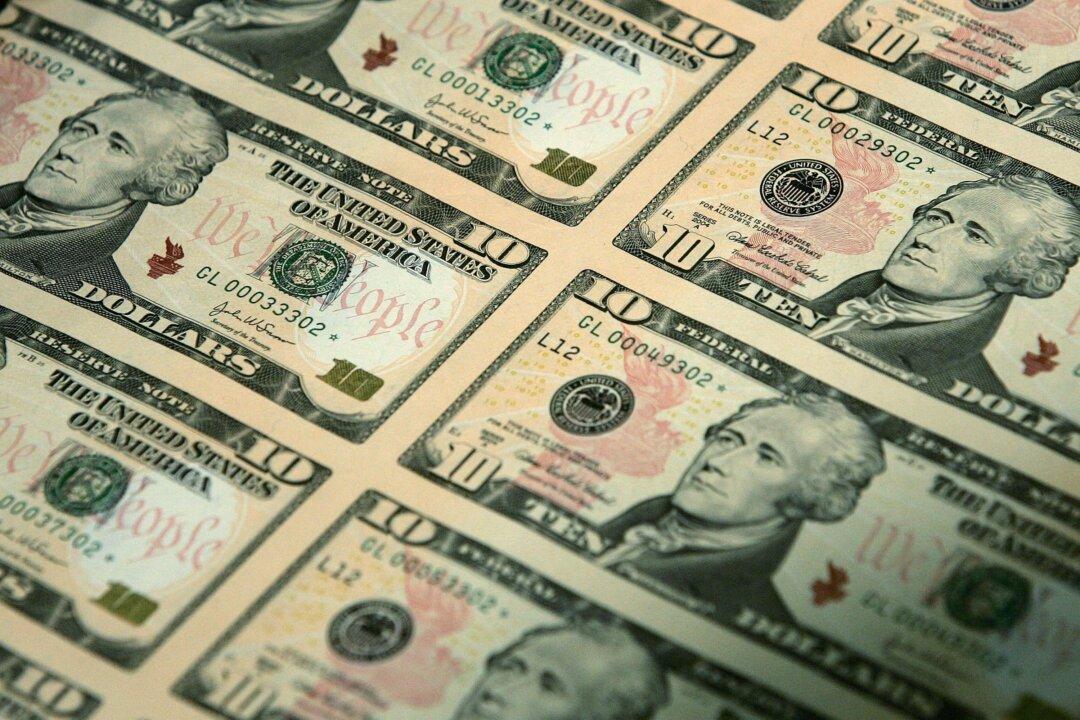Commentary
April jobs printed at 175,000 new jobs, according to the Establishment Survey from the Bureau of Labor Statistics (BLS), a collection of job creation data from businesses, well below the 238,000 consensus estimate of jobs creation. February and March jobs creation revisions were down by 22,000 jobs, net. The BLS’s Household Survey, which calculates the number of people taking jobs, and is viewed as eliminating workers taking more than one job, showed 182,000 more people working in April than in March. Some 87,000 people joined the U.S. workforce.





